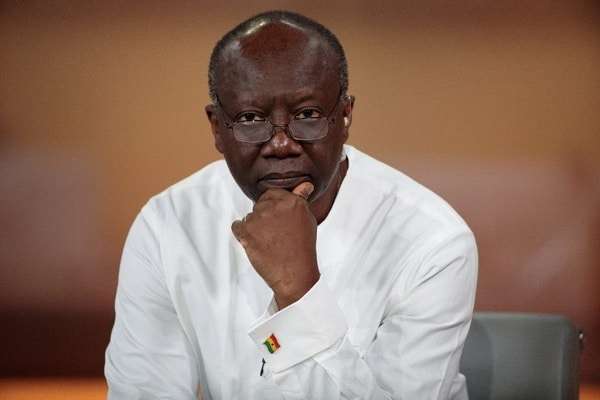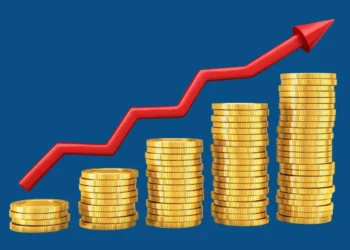Government once again failed to meet its revenue target last year as total revenue collected for the 2021 fiscal year was GH₵4.6 billion below the target for the year.
Provisional data on budget execution for 2021 showed that total revenue and grants amounted to GH¢67.9 billion, which accounted for 15.4 percent of GDP last year, below the projected GH¢72.5 billion. This means that government missed its revenue target by 6.3 percent despite a downward revision of the target in the mid-year budget.
However, compared to 2020, government’s revenues including grants improved marginally as total revenues collected during the first year of the pandemic amounted to 14.3 percent of GDP. In 2021, total domestic revenues amounted to 15.2 percent of GDP whilst tax revenues were 12.6 percent of GDP, according to data from the Bank of Ghana.
The turnout of events regarding revenue mobilization last year was not surprising as it was clear from the start that government was going to miss the target.
In the first nine months of 2021, government missed its revenue targets by GH¢4,079 million, culminating to 7.9 percent of the target for the period. Total Revenue and Grants for the first three quarters of 2021 amounted to GH¢47,235 million, against the revised target of GH¢51,314 million.
Revenue collection in the first 9 months of the year was stymied by the poor showing of two broad revenue components: grants and Domestic Revenues. Grants fell short of the period’s target by 29.0 percent, while Domestic Revenue underperformed by about 7.4 percent. A decline in grants should not be of much concern for Ghana, especially as the country seeks to push the ‘Ghana Beyond Aid’ agenda but a fall in domestic revenue collection should.
GRA Exceeds Revenue Target
It is worth noting that even though the government missed its overall revenue target for 2021, the Ghana Revenue Authority (GRA) was able to achieve its revenue target notwithstanding the negative impact of COVID-19 on businesses the world over.
The government tasked the GRA to collect GH₵57.055 billion but actual collection for the year was GH₵57.32 billion. This performance represents a growth rate of 26.3% over the 2020 revenue and is the highest annual growth in the last ten (10) years.
The achievement of the target can be attributed to a number of initiatives including the digitalization of Domestic Tax Revenue Division core processes, the Cashless Policy which allows taxpayers to pay taxes online and at the banks as well as the taxpayers’ portal which allows taxpayers to file returns in the comfort of their homes.
Generally, revenue mobilization challenge still persists despite the drastic measures rolled out by the government to reduce revenues leakages, improve compliance, as well as ensure transparency in the tax system. Government has consistently missed its yearly revenue targets even though experts believe such targets are not ambitious enough and do not befit the status of Ghana as a lower middle income country.
Low revenue mobilization in Ghana
Earlier this year, Finance Minister, Ken Ofori-Atta, blamed the country’s inability to raise enough revenues on the low level of investments in capital expenditure. In 2021, whilst total government expenditure amounted to 25.1 percent of GDP, capital expenditure accounted for only 3.5 percent of the country’s GDP.

“Our revenue to GDP ratio has languished between 11.3 percent in 2016 to 12.5 percent in 2021 compared to 16 percent to 20 percent with our neighbors, also our VAT revenue at 11 – 13 percent compared to 18-44 percent of peers”.
Ken Ofori-Atta
From the historical trends in the country’s revenue mobilization, it will be very difficult for the government to raise GH₵100.5 billion as the target for the 2022 fiscal year. Even the introduction of the E-Levy, “which is one of the key tax measures of our 2022 Budget”, may still not be enough for government to meet its revenue targets for this year if it is passed.
READ ALSO: Minister Says He Is Going To Sanction McDan Industries- Yussif Jajah



















